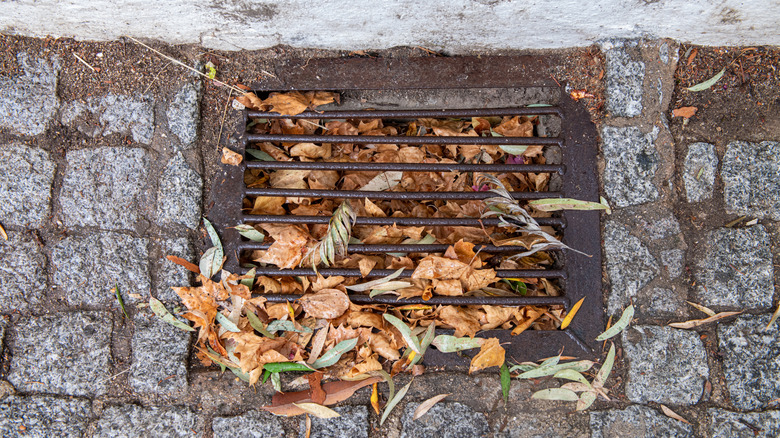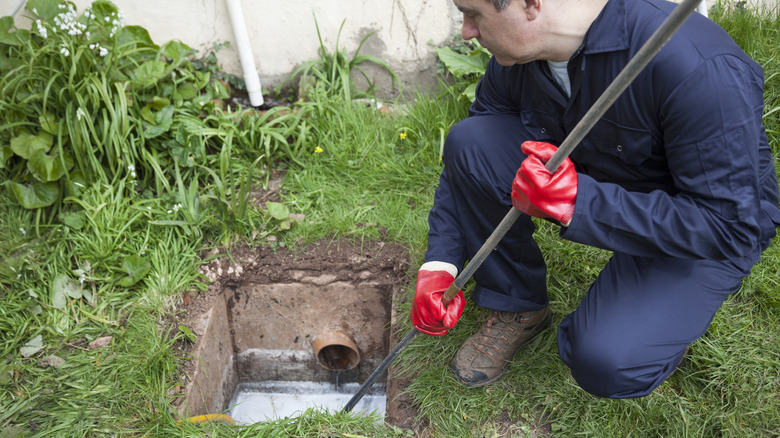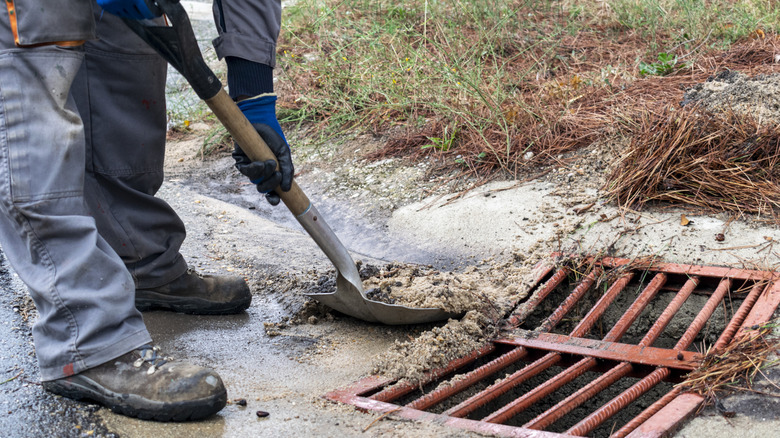Helpful Tips To Unclog And Maintain Your Yard Drain
A yard drain is one of the best ways to fix a waterlogged lawn or stop water from pooling around your foundation. But if it gets backed up, you can end up dealing with the same pooling problems you had before installing the drain. Whether you have a French drain, a home drain tile system, or another drainage solution, the water that enters the system can carry sediment and debris with it. As this waste settles and builds up, it can form blockages inside the pipes. Sometimes, plant roots or rocks find their way inside a drain, slowing or stopping water flow.
If your yard drain is getting clogged often, have it inspected with a drain camera. There might be a crack or collapsed section somewhere causing the issue. Repair that damage before clearing out any blockages. Fortunately, unclogging a yard drain is usually not too difficult. Depending on the design, you might be able to see the blockage and remove it by hand. If not, most blockages can be broken up by blasting them with a pressure washer, especially if it's equipped with a sewer jetter. In the worst-case scenario, you'll need to use a snake to punch through stubborn roots or rocks.
Once you've dealt with the existing clog, be sure to take some preventative steps so your yard drain doesn't clog again. Annual drain cleaning along with regularly clearing out gutters can ensure that nothing obstructs the pipes enough to completely block water from flowing through the system. The tips below will help you unclog your yard drain successfully and keep it free of obstructions.
Tips for unclogging your yard drain
When forcing a blockage through with a high-pressure stream of water, consider getting a sewer jetter that works with your pressure washer. A sewer jetter has jets that point forward and backward to break through blockages while also breaking down buildup on the pipe walls. For the best results, start at the drain opening that's downhill from the blockage. That way, the forward-facing jet can blast through the clog while the back-facing jets help push the debris toward the exit.
For tougher clogs, use a snake instead. You can usually rent an electric snake from home improvement stores like Home Depot or Lowe's. Let the staff know the type of drain you're using it for so they can recommend a suitable claw. With the right claw, a snake can break through compacted mud, roots, or even rocks. Be sure to wear protective gear and thoroughly read the equipment operation instructions before starting.
If using an electric snake, feed the steel cable through the drain until you feel it hit against something. When it meets resistance, turn the motor on and increase the speed slowly until the snake starts moving forward again. This means the snake has either turned around a corner or broken through a clog. Continue until the snake makes it through to the other end of the drain. Then, retract it and use your pressure washer to flush out the now-loosened debris that was clogging the drainpipe.
Tips for keeping your yard drain clog-free
While yard drains don't need much care, you can avert serious backups and flooding with a little preventative maintenance. The most important tip here is to keep debris from getting into the drain in the first place. In fall, rake or sweep the area regularly to keep leaves away from the drain entrance. At the same time, clear out gutters and downspouts that feed into the drain to limit the amount of debris that's being washed into your drain that way.
Even with regular yard and gutter maintenance, you should still do a deep clean of the pipes and French drains once a year. Even if the drainpipes don't seem to be clogged, use a pressure washer or snake to clear out any sediment or debris before it builds up enough to block water from flowing through.
Another blockage prevention tip is to plant a rain garden around your drain. A rain garden is a collection of water-loving plants strategically placed in an area where they can soak up the water runoff from your downspout, roof, driveway, or other source. When designed well, they can absorb up to 30% more water than a plain patch of grass. Rain gardens will also help control erosion, especially if you plant densely and include some evergreen species that can hold soil in place through the winter. This can help trap sediment so that it doesn't wash into your drain and settle in the pipes.


